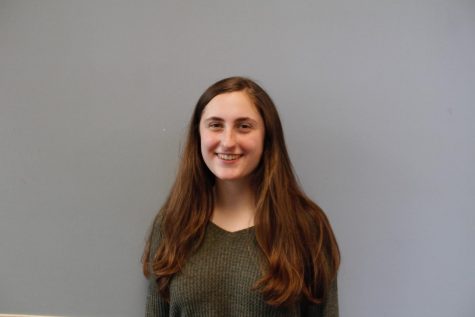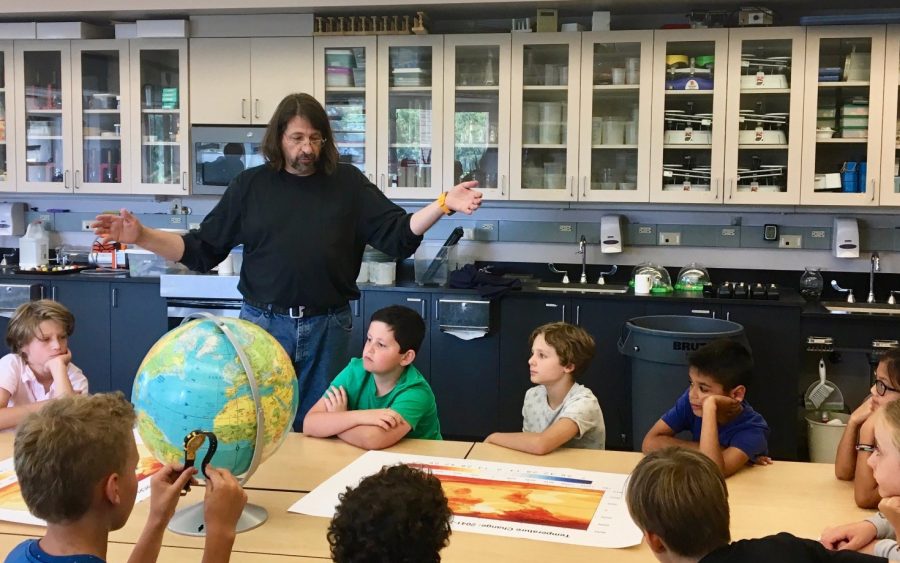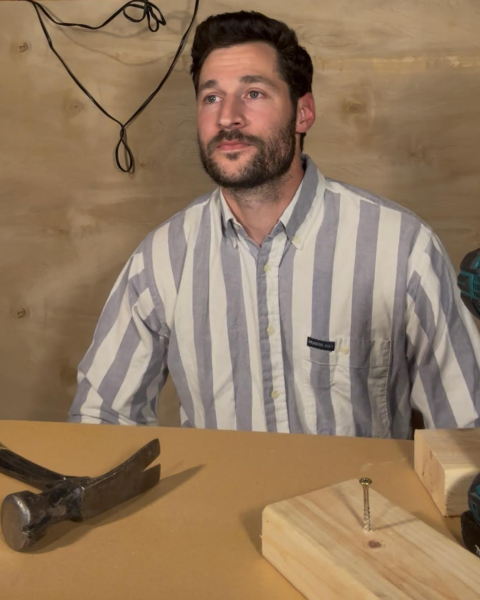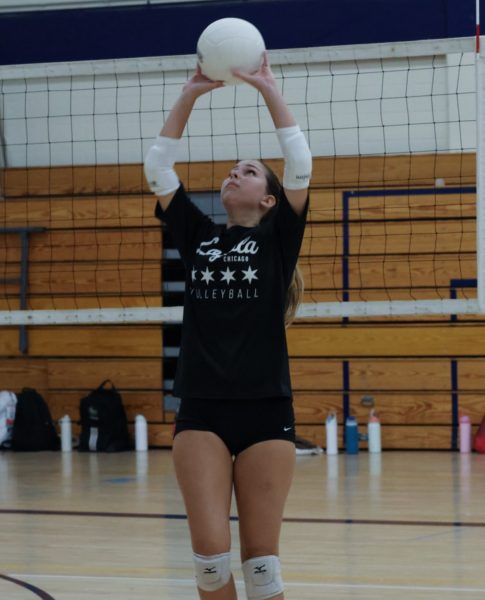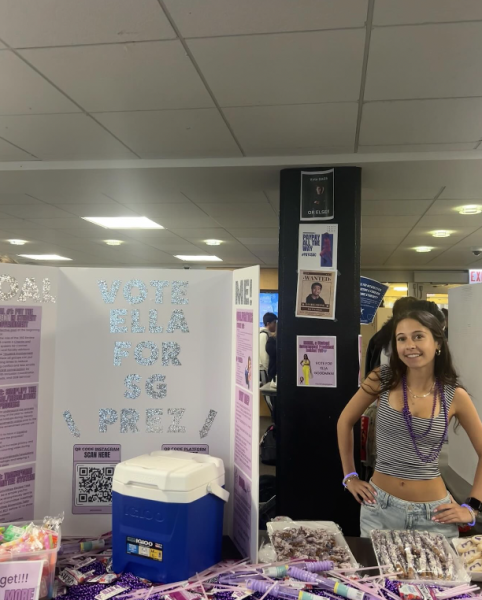Bringing the Outside In
Visiting Scientist Rick Stevens Enriches Science Curriculum
Photo credit: Molly Taylor
Dr. Stevens explains to the fifth graders how computers generate models of climate change.
“How can we predict the future?” computer science professor Rick Stevens asked a group of nineteen fifth-graders seated around a few tables pushed together in the Lower School/Intermediate School science classroom. In front of the students were three printed models of the earth, one showing change over time in average global temperature, the other two with varied projections for 2041-2070. “What can we do, since we don’t have a time machine?”
“Yet!” a few kids responded immediately, prompting a chuckle from the tall, broad-shouldered Stevens. He continued to explain that the images were generated by a computer with millions of processors after running simulations based on data from ground, sea, and satellite observations from around the world.
Stevens, the 11th Annual Robert A. Pritzker Visiting Scientist, Inventor, and Engineer in Residence, teaches at the University of Chicago and conducts research at Argonne National Laboratory in Lemont, Il. Distinguishable by his shoulder-length brown hair and Birkenstocks with multi-colored socks, Stevens toured Parker and conversed with teachers and classes on Tuesday, September 12 and last Friday, September 29th, when he also presented at Morning Ex about artificial intelligence.
When talking to the fifth graders on the 12th, Stevens related to the content they were learning in class, which, according to their science teacher, James Audrain, included the difference between weather and climate and the importance of looking at data collection over time to understand the environment.
“As soon as Dr. Stevens was done, you could hear this buzz of dialogue as the students were processing what he was saying,” Audrain said. “He was able to add another level to what we had already covered because he discussed the challenges and approach to how programming is done to gather the data and work it through systems, so it can be modeled.”
For STEM and Coding Teacher Adam Colestock, Stevens’s application of the fifth-grade curriculum to real work in computer science fulfills a purpose of the visiting scientist program. “The program is immensely valuable,” Colestock said,“because it allows students to connect what they are learning in the classroom to the current developments at the frontiers of science.”
Colestock, as well as Upper School science teachers Aaron Lee and Xiao Zhang, have been coordinating Stevens’s involvement with Parker since the beginning of summer. The science department’s decision to host a computer scientist was in response to students’ increased interest in the topic and its relevance to “this moment in time in society,” according to Colestock. Parker has been expanding its computing curriculum for the same reasons and requires members of the class of 2021 and onwards to take Intro to Computer Programming before graduating.
“Knowing how to code is an important asset, going into our careers,” sophomore Matthew Turk, who will be taking Computer Programming II next semester, said. “Getting exposure to it in high school is great.”
On the 29th, Stevens met with five faculty members–Lee, who teaches the Upper School programming courses and robotics, Educational Technology Integration Specialist for Grades JK–5 Sarah Beebe, Director of Studies for Grades 6-12 Sven Carlsson, Director of Studies for Grades JK-5 Barbara Hunt, and Colestock to discuss Parker’s computer science curriculum.
“He inspired us to think about what our program could be,” Carlsson said. “One of the big things he talked about was having community events around coding, and the goal would be to bring students from different divisions together for some kind of project and work on common problems. Dr. Stevens impressed on me the idea that coding is a social object, and our responsibility when we write code is for the future, for everybody.”
Following the MX and Q&A lunch, which was open to Upper and Middle School students, junior Nathan Satterfield appreciated Stevens’s emphasis on where technology and computers, specifically artificial intelligence, is headed. “It was very interesting to hear him speak about artificial intelligence now and in the future,” Satterfield said, “and how AI and self-controlled machinery is the next technological frontier.”
Stevens hopes his interaction with Parker will spark interest in students to become more curious about applications possible with science. “I think some kids will be energized,” he said, “and will realize that there’s a connection between what people are doing in school and what matters out there, and that science can be connected to things that matter.”
The science department has been working with Stevens to plan a field trip to Argonne, where students will have the opportunity learn more about Stevens’s research and experience a typical day at the Lab.
Stevens is returning to Parker on January 30 to give an evening lecture, “Looking into the Future of Computing.”
